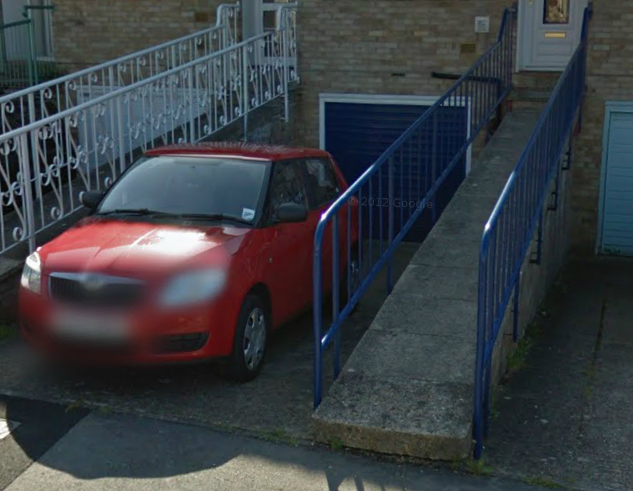Posted: Mon Feb 11, 2013 11:12 pm
This is all a bit new to me, so you'll have to excuse the silly questions!
I have a raised pathway to my front door, it starts at roughly pavement level and slopes up to the door. Currently this is paved with concrete slabs, the sort that are flecked with stone (think 70s!). The slabs are 910x610x50 and sit on a pair of brick walls that run up to the house.
I know that between the walls (under the slabs) is partially hollow - its filled with builders rubble. So, the weight of the slabs is taken by the walls.
I'd like to replace the slabs with something that looks better. So, how thick do I need to go ? do I need 50mm ? Are the reconstituted stone products strong enough to do this ?(assuming they are bedded properly).
If I went for real stone I assume that I'd need to get calibrated stone, to guarantee a suitable thickness ?
I'd like to match the path to the driveway (which is just poured concrete currently). How thick do I need for a driveway ? I did a search on the site but didn't really find anything.
I have seen on some vendor sites where they say 25mm is thick enough for a driveway? is this thick enough for the path too ?
I appreciate for the driveway the way the ground preparation is done can make a difference.
To help, this isn't my house, but is quite similar with regards to the pathway.

I have a raised pathway to my front door, it starts at roughly pavement level and slopes up to the door. Currently this is paved with concrete slabs, the sort that are flecked with stone (think 70s!). The slabs are 910x610x50 and sit on a pair of brick walls that run up to the house.
I know that between the walls (under the slabs) is partially hollow - its filled with builders rubble. So, the weight of the slabs is taken by the walls.
I'd like to replace the slabs with something that looks better. So, how thick do I need to go ? do I need 50mm ? Are the reconstituted stone products strong enough to do this ?(assuming they are bedded properly).
If I went for real stone I assume that I'd need to get calibrated stone, to guarantee a suitable thickness ?
I'd like to match the path to the driveway (which is just poured concrete currently). How thick do I need for a driveway ? I did a search on the site but didn't really find anything.
I have seen on some vendor sites where they say 25mm is thick enough for a driveway? is this thick enough for the path too ?
I appreciate for the driveway the way the ground preparation is done can make a difference.
To help, this isn't my house, but is quite similar with regards to the pathway.
